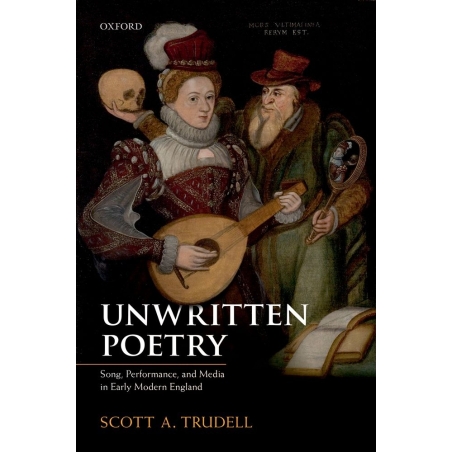Musical performance was a driving force behind theatrical and poetic movements of the early modern period, yet its importance to literary history has long been ignored. This book explores the media through which songs of the period were made. It provides a new approach to Renaissance poetry and drama that is grounded in a synthetic media history.
CONTENTS
Introduction
1. Philip Sidney and Musical Poesis
i Redefining Poetry: Mediation in Sidney's Defence
ii Theatre Public: Performance and Communio in Sidney's Arcadia
iii Musical Experimentation: William Byrd, Astrophil and Stella, and Sidneian Song
iv Echoes of Sidney: The Lute Song Movement and Bibliographic Performance
2. Child Singers' Mediated Bodies
i Musical Abuse: The Case of Richard Edwards
ii Naughty Putti: John Marston's Unsettling Choristers
iii Jonson's Cracks: Attenuated Bodies in Cynthia's Revels and Epicene
3. Shakespeare's Musical Thresholds
i. Twelfth Night and Musical Paratext
ii. Performing Objects in A Midsummer Night's Dream
iii. More than Matter: Ophelia's Orphic Song
4. John Milton and Musical Abjection
i Song and Evanescence in A Maske Presented at Ludlow Castle
ii Milton and the Cavaliers: Henry Lawes, Alice Egerton, and Interregnum Song
iii Hideous Noise: Performance Anxiety in Samson Agonistes and Paradise Lost
Coda: Spenser and the Uninvention of Literature


